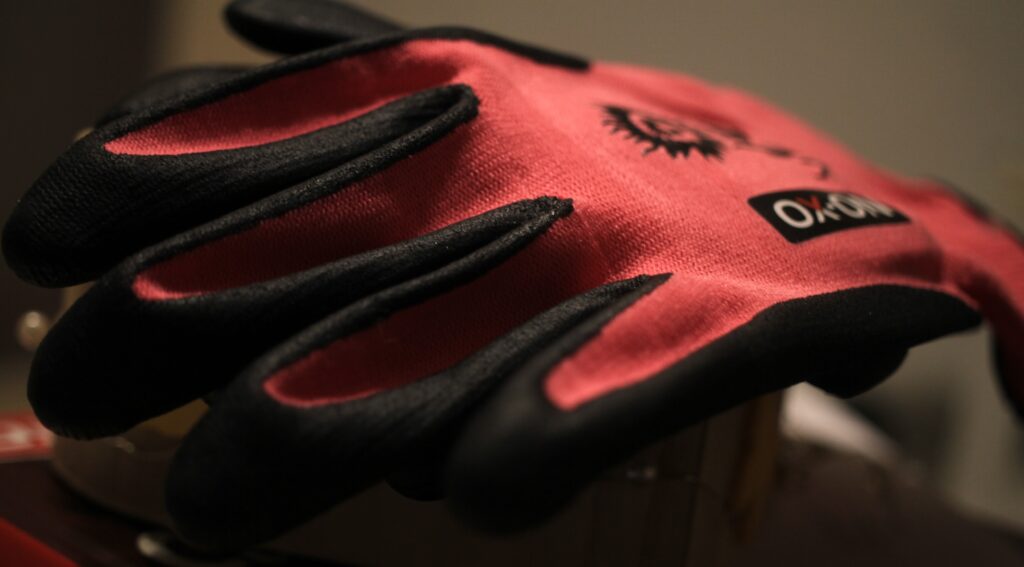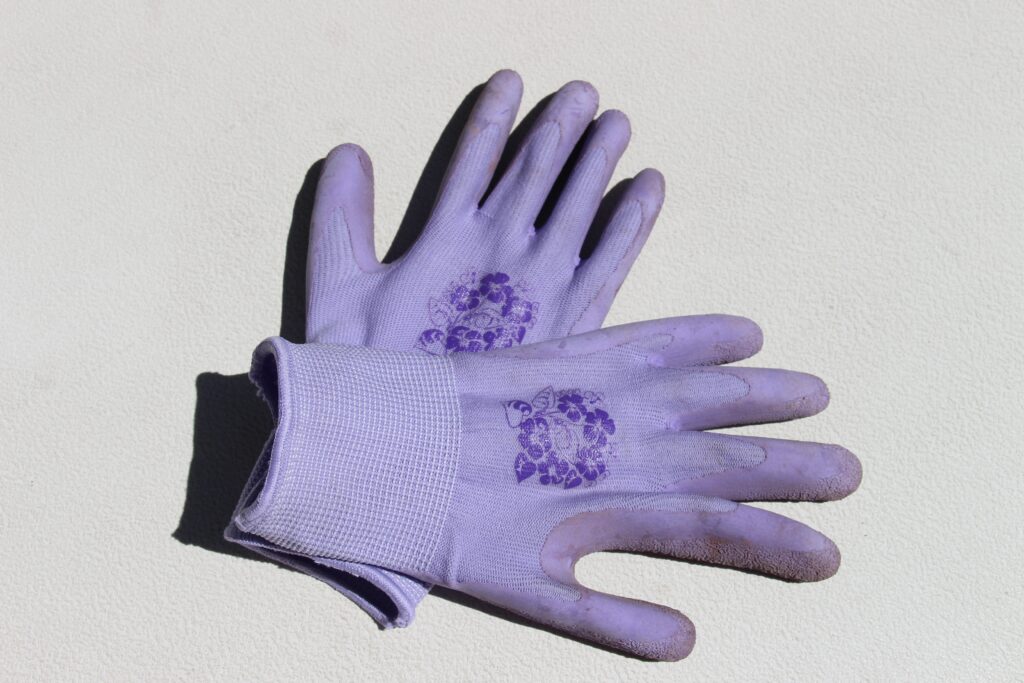Everyone understands that gardening gloves are essential, but because gardening involves a range of trees, plants, soil, etc., most people are unaware of the kind of gloves that are best for their work. Thus, a lot of people are unaware of which gloves are ideal for their particular garden’s conditions. Many people are unaware that specific plants and soils can cause fungal infections, even though most people are aware that protecting and cleaning wounds can lower the chance of infection. But don’t worry, today I’ll share with you in this blog my personal gardening glove experience. I hope it’s a lot more useful and advantageous for you, especially if you enjoy gardening. Go ahead and start this blog, please.
Selecting the appropriate gardening gloves can significantly impact your gardening endeavors by facilitating the safe, comfortable, and effortless completion of particular chores. A few men believed that gloves were only worn by women. They don’t think it’s required because they believe their hand skin is tough. Still, it’s a poor plan. Gloves provide all-around protection. Examples include keeping hands and fingers dry and clean, avoiding cuts and scrapes or shielding already-existing cuts and stings from infection, shielding skin from harmful chemicals like fungicides, pesticides, and herbicides, and preventing skin conditions like fungal infections.
1. Gloves made of cloth: These are the most popular and versatile type of gloves. They breathe well and are lightweight. They offer some defense against moisture and dirt. They offer a good grip and are pleasant to wear. Leather gloves, however, can be bulky and can interfere with your ability to feel what you are doing. These are mainly washable and made of cotton or knit. They are small and airy, but their primary function is to keep your hands clean. They provide very little protection for your hands. These gloves are typically used for small-scale horticultural tasks.

2. Leather gloves: Though they can be pricey, they provide good protection against sharp items and very dangerous risks. They shield the hands more effectively against thorn cuts and scratches and are typically waterproof. Leather is typically used to make rose gloves.
3. Rubber-coated gloves: These are the best gloves to use when using insecticides, fungicides, and herbicides because they protect hands well. They work well for jobs like handling insecticides or cleaning pots. They can be cumbersome and painful to wear for extended periods of time, though. You should avoid them if you have a latex allergy because your hands can get quite hot and sweaty in them.
4. Neoprene or nitrile gloves: Due to their superior flexibility and grip, nitrile gloves are a common choice for gardening. They are perfect for working in damp situations because they are resistant to water and offer protection from filth and dampness. Additionally, they are lightweight and thin, which makes it simple to use little instruments and feel what you are doing. In order to shield hands against chemical cuts and scratches, these gloves are composed of synthetic rubber. Additionally, they are made to be breathable and flexible. But sharp thorns can still pierce through them.
5. Gauntlet gloves: These gloves offer more protection against thorns and other sharp things since they are longer than conventional gloves and extend up the arm. They work well for trimming thorny plants, such as roses.
Conclusion
It’s crucial to take into account both the particular chores you’ll be performing and the working environment while selecting gardening gloves.
